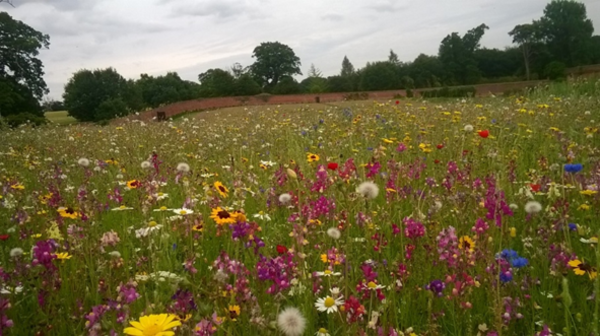Recently, the David Attenborough Building opened in the centre of Cambridge. It provides office accommodation for 500 (yes five hundred) conservationists. These are university researchers, post-graduate researchers and representatives of both UK and international organisations. Hence, it is a boiling pot of ideas but it seems that there is one thing that they cannot really settle upon: that is a universally agreed definition of conservation.
One definition has been suggested in a recent paper; ‘actions that are intended to establish, improve or maintain good relations with nature’. I do not think that anyone can disagree with this very broad-brush definition: a more precise one seems harder to agree.
A few weeks ago I attended a seminar entitled “what is conservation?” at the David Attenborough Building. Incidentally, the building was so recently completed that the PA system did not work and there were some wires hanging down from the ceiling. I assumed that a full Health and Safety assessment had been carried out!
One speaker’s approach was to accept that conservation means halting or interfering with natural succession otherwise all the ‘unmanaged’ land would eventually end up as deciduous woodland. However, with the example she gave, I felt a tiny bit uneasy about her approach. She described a deciduous wood on the North Norfolk coast that had grown on some boggy land. In the mind of the conservation agencies it would be better for general biodiversity to return the wood to a boggy area with few trees. However, the local villagers rather enjoyed their wood but they were persuaded that chopping down the trees would increase the conservation value of the site. The speaker says that the villagers now enjoy the wildlife in the recently cleared area but I think it has taken an enormous effort to reach this end point.
Of course there would be little natural succession to halt if it was not for farmers originally clearing land to produce food. It is the broad spectrum of habitats in the natural succession between intensively cultivated land and deciduous woodland that provides the home and food for the huge range of plants, insects and animals that form the biodiversity of this country. Hence, there is a real need to manage uncropped land to support biodiversity.
A recently published paper attempts to attribute the cause of the changes in biodiversity in the UK since 1970 and concludes that agricultural management and climate change are the major drivers. It suggests that we should adopt lower intensity farming to help reverse some of the negative trends in biodiversity measured over this time period. Of course, the overriding issue is that the world population has doubled since 1970 and demand for food will continue to grow.
What I have not been able to glean from the scientific literature is the cost to biodiversity of producing say one tonne of wheat from different approaches to arable production; organic, low-intensity and conventional. There are such studies for greenhouse gas production. They conclude that despite the greenhouse gas production associated with the production and use of nitrogen fertiliser, there is a lower amount of emissions when producing a tonne of wheat conventionally rather than organically. I suppose that biodiversity is too multi-faceted to try to do the same analysis for it.
There has been an attempt to compare the value to butterflies of conventionally and organically managed land. This concludes that ‘farming conventionally and sparing land as nature reserves is better for butterflies when the organic yield per hectare falls below 87% of conventional yield. However, if the spared land is simply extra field margins, organic farming is optimal whenever organic yields are over 35% of conventional yields’.
This suggests that conventional farmers have to manage their uncropped land better. I think that this is supported by the paper I previously quoted on the cause of changes in biodiversity since 1970, which suggests that the way the habitat is managed has a greater impact than changes in its extent. I assume that the authors are suggesting that this applies not only to cropped land but also uncropped land.
This all suggests that in order to relieve the intense pressure to increase the biodiversity of arable land, the first step the industry needs to make is a significant improvement in the management of uncropped land.
P S – Despite the fact that they had a brand new building for 500 conservationists in the centre of Cambridge, the speakers at the seminar did appear to agree on one thing; ‘not enough funding’.

